Matheson Island (MB) to The Pas (MB) / May 4 to 31, 2016
- linjen80
- 1 juin 2016
- 12 min de lecture
Wednesday, May 4 to Tuesday, May 31, 2016
Wow! Almost a month has gone by since the last blog update. Time flies! Here is a summary of what has happened during those weeks.
On May 4, we were back at Matheson Island with our replacement canoe. The old one had been sent, the previous day, to a friend for repair. We took our new canoe and made some changes that we love! That day, Manitoba had several temperature records. In Winnipeg, it was 34.9C with only 13% humidity. At Matheson Island, it was almost 25C!
With access to television, we have followed the situation in Fort McMurray with great interest and compassion. The devastating fires have forced the evacuation of 88,000 people and burned much of the city. Fort McMurray is on our path. We'll be there in a few months. Already, we have started to think about an alternative route, in the event that the fires still rages, and moves towards Saskatchewan.
The weather kept us in Matheson Island until Sunday, May 8. Between the 4th and 8th, we had the opportunity to spend more time with Smitty and Connie who continued to help us discover their world and island. I helped Smitty create a website for his company and for the exhibition of his works. Smitty is a great artist and sculptor (www.mathesonisland.wix.com/bctourslandandwater). We had an incredible time in Matheson Island. We will miss it enormously.
When we left on the morning of May 8, we used Smitty's truck to carry our gear to the beach. The wind was strong that day and there was a lot of smoke in the air and could smell the fires. We could not see further than two kilometres. The smoke had come from fires on the Manitoba/Ontario border. In the afternoon, we took advantage of a favourable wind to use our sail, for the first time this year, and covered a great distance of 41 km at the end of the day (no more ice on the lake). We stopped on a deserted beach, where driftwood was piled near the bushes. The smoke dissipated and let us enjoy the last rays of the sun.
The next day, we woke up under a bright sun only slightly obscured by smoke. No condensation, no mosquitos, no ice and a little heat! It was the most beautiful morning! We were also well protected from the wind, with Pelicans to keep us company. We did a 12km crossing, despite the waves and wind. It went well. At McBeth Point, we again had to navigate through ice and it was cold. We were pleasantly surprised by the change of the shore. The coast was more abrupt. The warm colours of the limestone and green colour of the water married together perfectly. On the edge of the shore, there was still ice that was blue, like that on glaciers. We anchored to one of these piles of ice to stop for dinner. When we left, the wind was warm and made us feel good. We took our time to admire the rock walls before starting another crossing. On the other side, we were surprised by the amount of birds and otters we saw. The more we progress, more species appear and become more diversified. We finally found a long white sandy beach to camp. It was still warm and we kept all the doors in our tent open until the sunset.
The morning of May 10 was rather grey and it began to rain. It was only a matter of time before even Jasmine had to wear her rain suit. After travelling south about 10 kilometres along the side of the east shore of Sturgeon Bay, we began a series of crossings from island to island before joining the west side of Lake Winnipeg. Then we started looking for a place to stop. No sandy beach! Only rock and very little shore free of trees to set up camp. The rain intensified. Jasmine began to look miserable. We finally stopped at a place that had room to pitch the tent. It was an uneven, steep terrain, but it allowed us to pitch the tarp and tent. Snug in our shelter, we noticed that we were not alone. There were dozens and dozens of ticks crawling on the tent!
The next day, two wolves came to investigate us (but kept their distance). They were drawn to the smell of a big fish that an otter had brought to shore (a big carp practically as long as Jasmine). We moved our camp a little further into the forest where we were better protected from the wind. We had a snow fall that forced us to get up every two hours during the night to empty the tarp to prevent an accumulation of snow. Pierre went 3 times during the night and I went twice. The atmosphere was very special. The flakes fell heavily and seemed even bigger when seen in the beam of our headlamps. We stayed four nights at this location. The wind and waves kept us there. The snow was just the icing on the cake!
May 14, we were back on the water and glad to be there. Very early in the morning, there was no wind, but once we launched, the wind picked up. We had gusts up to 50 km/hour! We had to stop and wait until the wind subsided. Once passed Hladun point, it was better. Gradually, as the day wore on, conditions improved. Our bet was good ... the day was good to resume our paddling. We stopped on a beautiful long beach at Sandy Point. We joked saying that there was three levels: the beach, the main floor and the terrace. From the terrace, we had a breathtaking view of the lake. In addition, we could go for a walk, sheltered from the wind, in the backyard. We found a beautiful pond where life was very abundant. Beavers, otters, foxes, wolves, moose, royals and bald eagles, ducks, ...truly, a very special place. Perfect for us especially because we had to stay a second night (strong wind, waves and rain). In the afternoon, we had fun carving miniature paddles. We do not know what we will do with them, but they are pretty.
Monday, May 16 marked a stage of three consecutive, productive canoeing days. Despite the mileage covered, we took the time to observe, to discover, to feel, see and fish (unsuccessfully). The day began with a royal eagle perched on a tree overlooking our camp. At dinner, we found refuge by a creek to protect us from the cold wind. A few kilometres away near another stream, we saw the lake divide into three distinctive colours, green, brown and a yellowish-green. Beautiful! We saw a lot of old fishing nets discarded on the beach and containers used by commercial fisheries. At every kilometre there was, unfortunately, the presence of humans. Even 7up bottles! Late afternoon, we found a small beach of sand and pebbles. Close to the beach, Pierre collected ice from a glacier to replenish our drinking water. It was good and cold!
The next day we left without hurry. During his morning walk with Jasmine, Pierre found fossils of shells and lizards. It took forever for us to get ready to leave that morning! The wind was still strong and we had decided to paddle along the coast to protect ourselves from the southwest wind and get as far as possible. We just decided to enjoy every moment of the day. Pierre fished while we took a leisurely lunch on a beach. Here we found a very large footprint from a wolf. It was the size of my hand!
In spite of our expectations, the day was wicked and we covered 65km! Just as we got to the place where we were thinking to stop for the night, the wind picked up and, for once, it was blowing in the right direction. After considering all options we decided to attempt a crossing to a stretch of land located south of Long Point. We were able to use the sail for a while, but in the middle of the crossing, the wind died. We had to combat waves nearly 10 feet high before arriving at the other shore. In such conditions not a second of rest is possible. We had to keep on paddling! Finally we saw an opening to get to the other side of this famous piece of land. We finally found a place to stop at the bottom of the bay. The sun was setting when we reached shore. Supper was at 10:00 p.m., in the tent.
After a short night, interrupted by naughty otters who were playing near the camp, making Jasmine anxious, we packed up and began paddling with the intention of going around the eastern tip of Long Point. Nothing was in our favour! But, we successfully made it around the tip. The wind was from the southeast at first (on the right side of us). Waves formed quickly and we saw them grow as we were moved along. At the eastern tip of Long Point the waves reached 18 feet! The waves were breaking and our speed was greatly affected. Pierre kept the canoe on an angle. The wind shifted to the east and the waves were still on our right. When it was time to make a 90 degree turn to the west we experienced a really frightening moment! A breaking wave formed at the last minute and hit us. I could not see, from my position, as the water flowed over the canoe. Jasmine had her paws in the water! All I could see was the crest of the wave that struck the gunwale up to the top and continued its race with us. I was nervous and wondered when the wave would let us go. I gave everything I had to help Pierre successfully turn the canoe. Finally, we succeeded! 300 meters away, it was quiet again and we had the wind at your back. Two bald eagles flew over us as if greeting us to the north side of Long Point. After taking a short break we found a superb long, sandy beach. It was hot and everything dried quickly. We enjoyed the end of the day under bright sunshine.
While I was in the tent with Jasmine, Pierre came face to face with the biggest moose he had ever seen! Fortunately for Pierre, the moose did not see him and passed within 10 feet of him. We returned later to take pictures of it's prints.
The next day, Thursday, May 19, we stayed put. Winds were 40km/hour and more. I was not unhappy to stay, especially because the day was beautiful, sunny and we were able, once again, to enjoy the beauty of this wild region.
The following day, we headed towards a very special and unique place. We did not know about it
when we decided we go there, but a few days later, we learned about this place. This is Saskachayweow Bar. For many centuries and more (and millennia), this place has been a gathering place for the clans of the North and South. Artifacts dating back more than 7,000 years have been found here. It was a place for ceremonies, a place with a lot of spirituality.
Before we arrived we encountered a big patch of ice and what you might call small icebergs (the length of the canoe). Once there, we spent some time paddling in the creek adjacent to the sand bar. Several beaver lodges beautified the landscape of yellow reeds and cattails. Species of birds delighted us with their radiant and very delightful melodies. That evening, Pierre caught his first fish of the trip. A pike! Delicious!
Saturday, May 21, we arrived in Grand Rapids. This day marked the end of a beautiful stage of the trip on Lake Winnipeg. Upon arrival we stopped at the boat ramp and by chance met the Conservation Officer, Ian Van Nest. He invited us to stay in the bunkhouse, a building that normally accommodates forest firefighters. Ken Cook, his colleague, picked us up and carried us and our gear to the bunkhouse, but first, we stopped at the grocery store. These encounters were the beginning of another great adventure and a great weekend.
Ian came back to visit us at the end of the day and we spoke for a while. We learned a lot about his profession and its challenges. He showed us around the region. Ken is a native of Grand Rapids. We learned so much about the history, the past, the manners, the problems on the reserve, the culture and values of the nation. We saw a cemetery where people's bones were reburied after being found during construction of the dam. A beautiful quote was inscribed on a plaque (see photo).
The next day we all went with Ian and Ken for a boat ride on the reservoir and Cedar Lake. Ian showed us much of Cedar Lake and Ken pointed out places of interest and places to stop. In the afternoon, Ken willingly allowed us to interview him. He shared his vision for the reserve, the issues, the future and the history. It was a very unique, honest and generous interview.
On Monday, thanks to Ken, we had the privilege to meet with Mrs. Stella Neff, from the Misipawistik Cree Nation. At 72 years old, she still very active in her community and in education. Stella shared her memories and her knowledge of the region with us; how life was before the dam and the creation of the reservation; her ancestors and the artifacts found in the region. Stella has also a fine collection of arrowheads. The oldest dated 8,000 years old!
We filmed all of our interviews with Ken and Stella. The information they shared is precious to us. We were touched by all the stories. Before the dam, there was no alcohol here and money did not matter. Can you imagine that 50 years ago Stella paid her entry to the movies with a squirrel skin! Life was so different from now. Alcohol arrived and that changed everything. Cunningly, signatures were signed for the dam to be constructed and the creation of the reservation followed. People were forced to move and leave their land. In the early days, they lived in one big building that could accommodate 300 peoples. They didn’t know much, at that
time, about the intentions of the government, as they did not know much English. Alcohol use spread quickly and hence, began the decline of the Cree Nation. The government promised that no trees would be affected by this project. This was a big lie! English was mandatory and youth were punished when they were caught speaking Cree, even between family members. Today, very few people understand or speak their language. During our stay, we saw a young man in the back of a police car being transported to Winnipeg to a young offenders centre. He was not yet 18 years old. Alcohol and drugs are problematic on the reserve. Young people no longer know how to hunt or trap for food, despite the high price of groceries. As an example, a kilo of peanut butter costs $15. With pensions of about $ 12,000 to $ 15,000, we do not know how the people survive and feed themselves. The most affordable kind of food is frozen, such as pizzas. Nothing healthy!
The school in Grand Rapids is beautiful on the outside, but books are missing inside. Youth education is deficient on many levels, due to a lack of resources. These young people do not have much chance to continue into higher education. Stella graduated from college and university. She is a model for her family and her community. She has inspired others! She said that it was taught that an Indian was not smart enough to go further in his studies. That was how the government tried to keep people in the reserve.
According to Stella and Ken, it will take several generations before the problem is resolved. One of the first thing that should be done is for the government to recognize the facts and the errors made.
After a very special and touching weekend, we left Grand Rapids with a heavy heart and our heads full of thoughts. All the stories that were shared with us, left with us, and roll around in our thoughts. We are pleased that we were able to have filmed everything, allowing us to share the story with others and broaden the knowledge of the situation. We can do some things to help with the collected footage and believe we will meet other people who will share their story, vision and history.
We resumed paddling on the water of Cedar Lake, and then the North Saskatchewan River. Jasmine chased two bears! One that we surprised during its dinner of a snake. We stopped at a place where we saw a lot of ticks ... we had never seen so many before! One evening, we removed 150 ticks from Jasmine! On this island, which is at the heart of a controversy, we visited a chapel where dozens and dozens of photos were left on the pulpit. All were of people that had passed away, so many were young. So sad. It was on a reserve.
When we arrived at the North Saskatchewan River, new smells appeared. We started paddling against the current. In the rain, we arrived at The Pas on Monday, May 30. That day was special! No rooms were available in town. There a mill had shut down and workers took over the town. We met Sherry while making calls at the boat ramp. She offered for us to stay at her home. However, she has two dogs and we knew it would have been tough with Jasmine. But, by meeting Sherry, we were put on the right path. While I was at Town Hall we received good news from the Wescana Inn. A room was waiting for us! On top of it, we had transportation to get there! I had the chance to meet with Joe at reception and the manager, Allan. Both worked to find us a room for three nights and they also provided a safe place for our canoe and equipment. Thank you very much to you both. All the hotel staff were great and really helpful. Warren (who works for the hotel and picked us up along with two colleagues) even drove us to the grocery store on his own time. People are good, very good! Thank you Wescana Inn and all the staff.
On another note, we noticed a problem in The Pas. We learned that many Aboriginal young people with alcohol or drug problems end up here after being kicked out of their reserve. When autumn approaches, it is not uncommon that they will commit a crime in order to spend the winter in prison. Pierre was approached by a group while waiting for me to come back from the Town Hall. He had to be very convincing for the young people to change their attitude. I was also approached several times while I went on errands two blocks from the hotel.
Our friends who helped us carry our gear to the hotel, with Warren, also confirmed the issue of education in the community. They do not have the money to get into town to continue their studies and, in general, exhibit a learning deficiency due to the lack of resources within educational institutions on the reserves. It is like a spinning wheel!






































































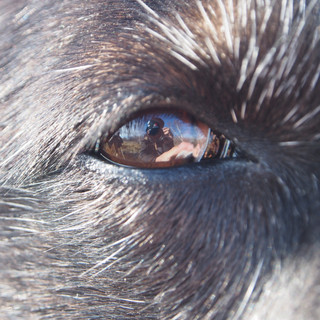















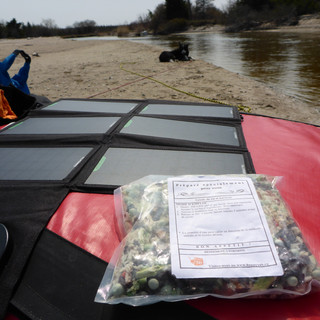







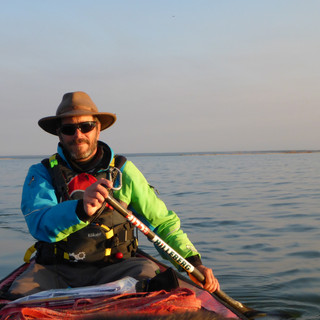

























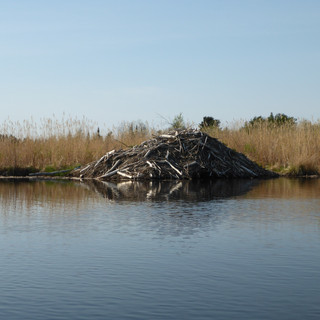















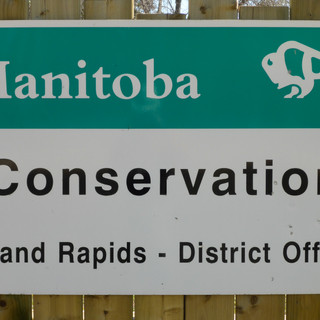





































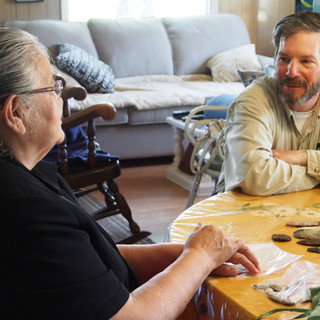





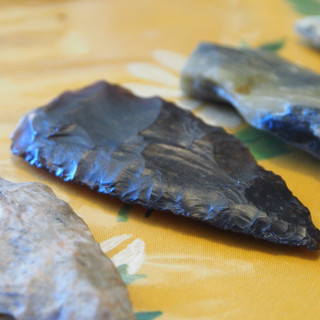

















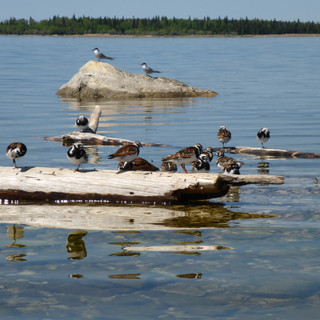

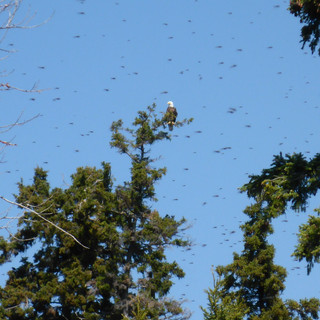
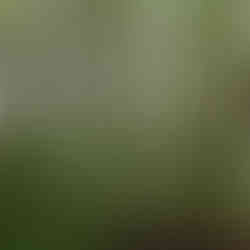












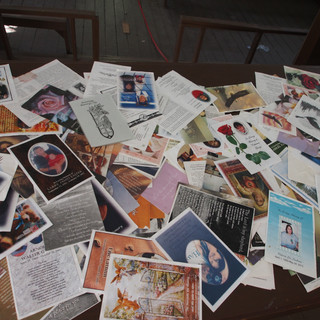






















































Commentaires